Ferrara and Po Delta UNESCO Site

Ferrara as a Renaissance city, and the Po River Delta, are part of the UNESCO World Heritage Collection. The city was designed specifically as "an ideal city" starting in 1492, giving it a unique perspective and decor that attracted great intellectual and artistic minds during the Renaissance period. The plan implemented in Ferrara became the "norm" for modern urban planning. According to UNESCO: "the network of streets and walls were closely linked with the palaces, churches and gardens as part of an overall scheme that gave precedence to the harmonious layout of urban perspectives, rather than accentuating the beauty of individual buildings. The best known of these schemes, the Addizione Erculea designed by Biagio Rossetti at the end of the 15th century, was one of the first urban plans based on the idea of perspective – that is, balancing humanist principles relating to form and volume in architecture with open space, the needs of the city, and local traditions."
The Po Delta had been inhabited for centuries but under the Este dynasty underwent extensive reclamation works, draining huge swaths of land to incorporated into farmland, creating waterways and streets and building palaces and villas. Under their rule, Ferrara became an internationally recognized capital and center of arts and economic might.
The city core, its protective walls, mighty castle and surrounding countryside are all part of the UNESCO World Heritage Site. There are grand buildings, a unified street plan, the character-filled Jewish ghetto (now one of the city's charming districts); and the unique wetlands environment of the Po Delta to explore.
Address in Ferrara:
Centro Storico.
Rent a holiday home in Ferrara and travel like a local.

 Amalfi Coast
Amalfi Coast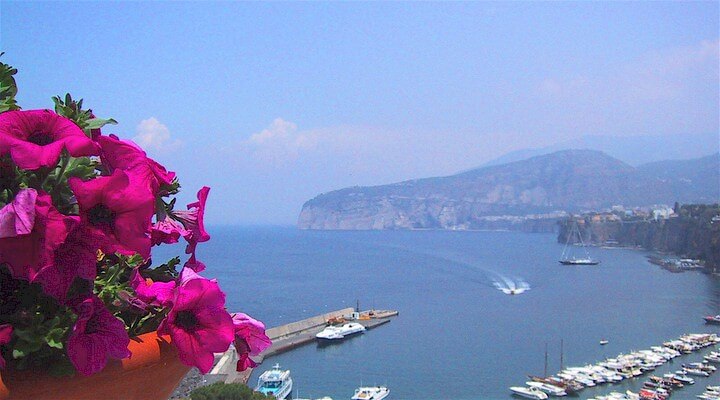 Sorrento Coast
Sorrento Coast Tuscany
Tuscany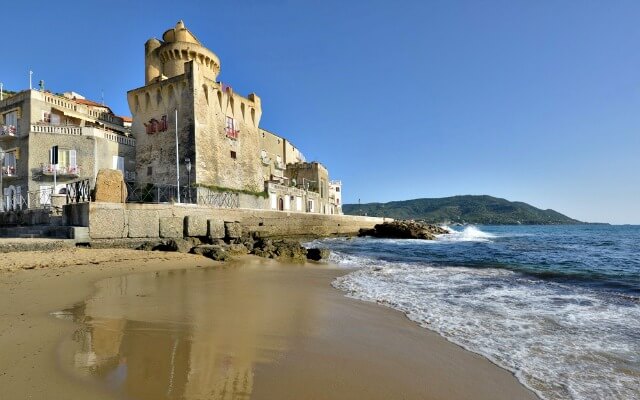 Cilento National Park
Cilento National Park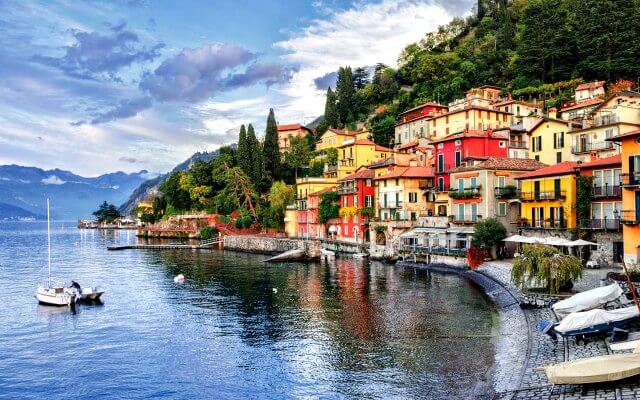 Lake Como
Lake Como Rome and Latium
Rome and Latium Umbria
Umbria Capri and Ischia
Capri and Ischia Venice
Venice Puglia (Apulia)
Puglia (Apulia)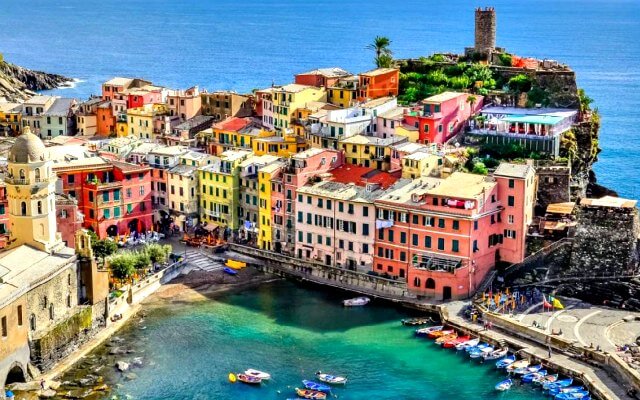 Liguria
Liguria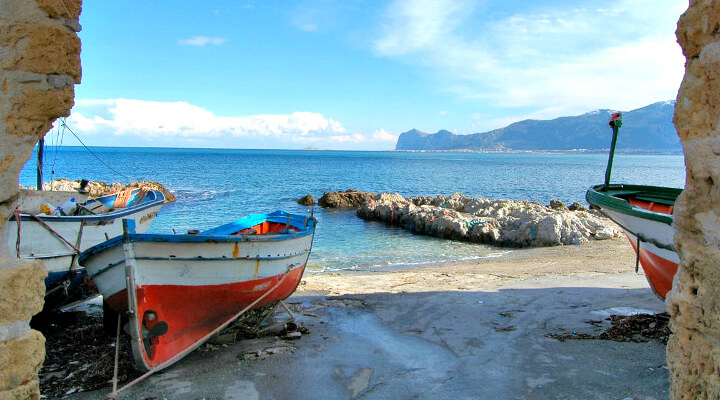 Sicily
Sicily Lake Maggiore
Lake Maggiore Lombardy
Lombardy Sardinia
Sardinia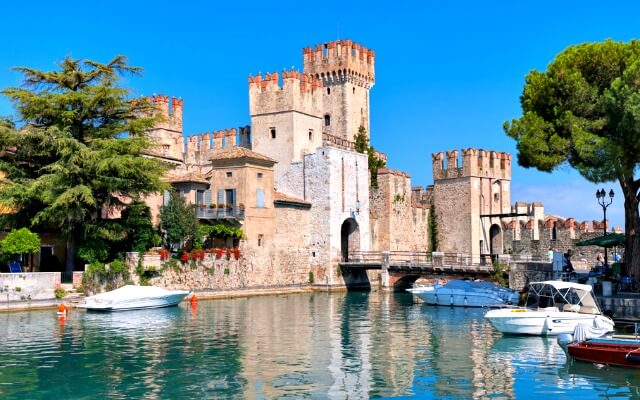 Lake Garda
Lake Garda Abruzzo and Marche
Abruzzo and Marche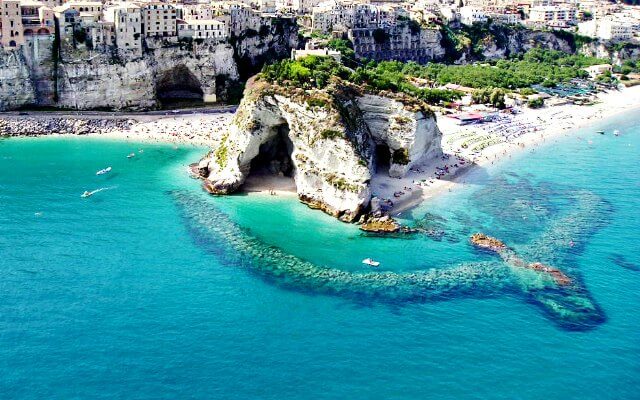 Calabria
Calabria